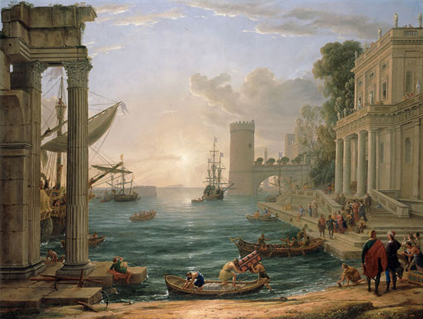IT MIGHT be described as the first Euro-hang of modern times. A few days ago Neil MacGregor, director of the National Gallery, announced what have been billed as the most sweeping changes to his museum in its 150-year history: the existing hang, in which paintings are grouped by nationality, is to be replaced by a mixed hang governed by chronology. Passport controls, so to speak, are to be lifted, the boundaries between the art of different European nations to be defined less rigidly. The timing seems peculiarly appropriate: the revised and rehung National Gallery is scheduled for completion in 1992.
The changes have been under discussion, according to Neil MacGregor, for more than a year. ''The first thing the curators and I had to decide was how we would hang the collection once the Sainsbury Wing had opened. The obvious question was whether we should hang just the early Italians there or whether we should hang the early Italians and the early Netherlandish. The next question was whether they should be hung separately, as they always have been in this gallery - where they are currently to be seen as separate traditions in separate parts of the building - or whether we should try to present them as intermeshing traditions that actually illuminate each other.''
Art history, MacGregor argues, is on his side: ''I think it's now an academic commonplace that the development of painting in Italy and the North was really one development, with a great deal of interchange - innovations were made in one place and then taken up in the other. If you are going to understand, either visually or intellectually, why Italian paintings look the way they do by 1450 or 1500 you really have to know what's been going on in the North, in the...


